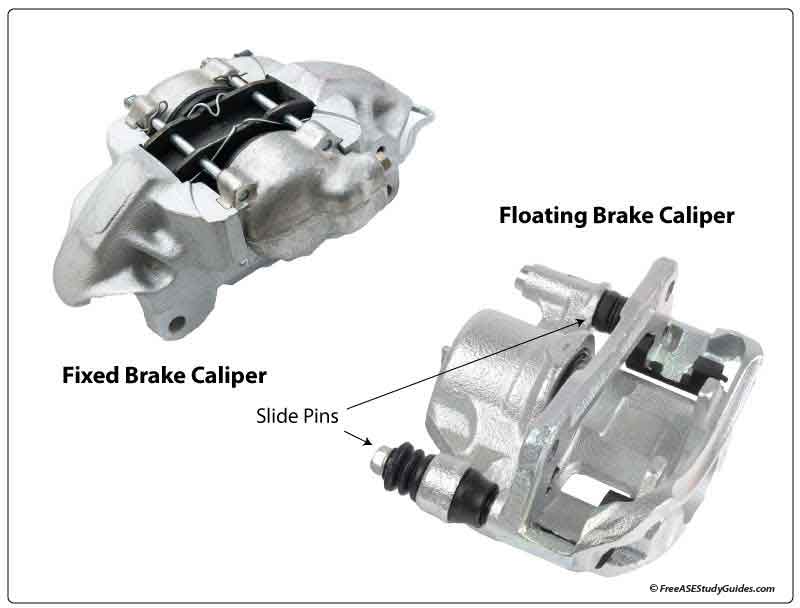
Consequently, the brake linings are not pressed against the brake-disc faces with a uniform pressure in the radial direction.īoth types of oblique wear (tangential as a result of deformation of the brake carrier under peripheral force and radial as a result of deformation of the claw caliper under clamping force) are, in the final analysis, due to uneven pressure exerted on the linings and cause an increase in the length of travel when the brake is operated. This occurs because the clamping device formed by the claw caliper and the brake piston yields elastically under the effect of the clamping force. This results in the claw caliper mounted on the brake carrier being likewise shifted obliquely relative to the brake disc, and consequently the tangential wear of the lining is increased even further.Īt the same time as this tangential oblique wear, radial oblique wear of the linings also occurs on disc brakes equipped with a claw caliper. This tangential oblique wear of the two brake linings is mainly caused by an elastic deformation of the brake carrier resulting from peripheral forces (braking forces). The brake linings therefore wear in opposite directions to one another obliquely in relation to the plane in which is located the brake-disc endface adjacent to them. This is especially so when they are used in heavy vehicles under high stress, specifically in that the brake lining of the brake pad which can be pressed against the brake disc by the brake piston undergoes greater tangential wear on the disc run-in side, relative to the forward direction of rotation of the brake disc, and the brake lining of the brake pad which can be pressed against the brake disc by the floating caliper experiences greater tangential wear on the disc run-out side. In those floating-caliper disc brakes having a floating caliper designed as a claw caliper engaging over the brake disc, uneven wear of the brake linings of the two brake pads occurs after even a relatively short time.

A floating caliper engages over the brake disc, is guided displaceably on the brake carrier in the direction of the disc axis, carries a brake piston supported on one brake pad, is supported on the other brake pad and, in its caliper part supported on the first brake pad, is more pliant on the run-out side than on the run-in side. Two brake pads are provided which are each located adjacent to respectively one side of the brake disc and which are displaceable in the direction of the brake-disc axis and are supported on the brake carrier, in the peripheral direction of the disc, in order to transmit the braking torque.

The invention relates to a floating-caliper disc brake of the type with a brake carrier arranged fixedly on one side of a rotating brake disc.


 0 kommentar(er)
0 kommentar(er)
